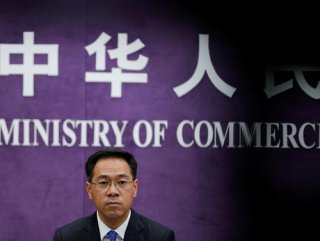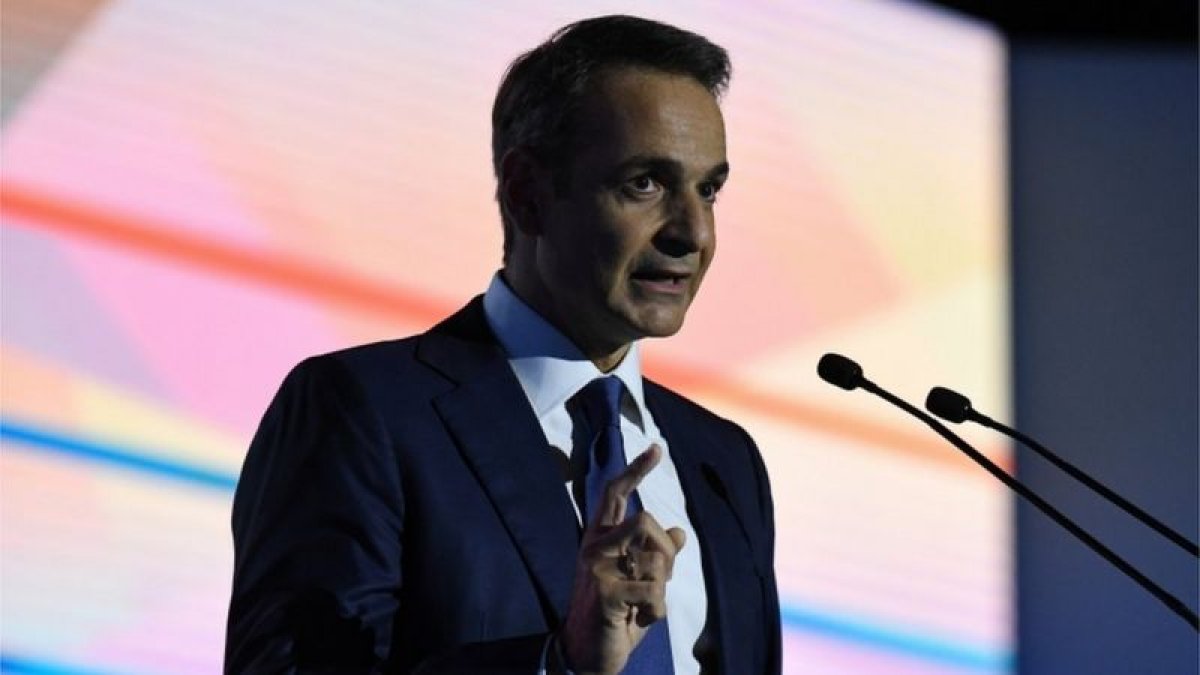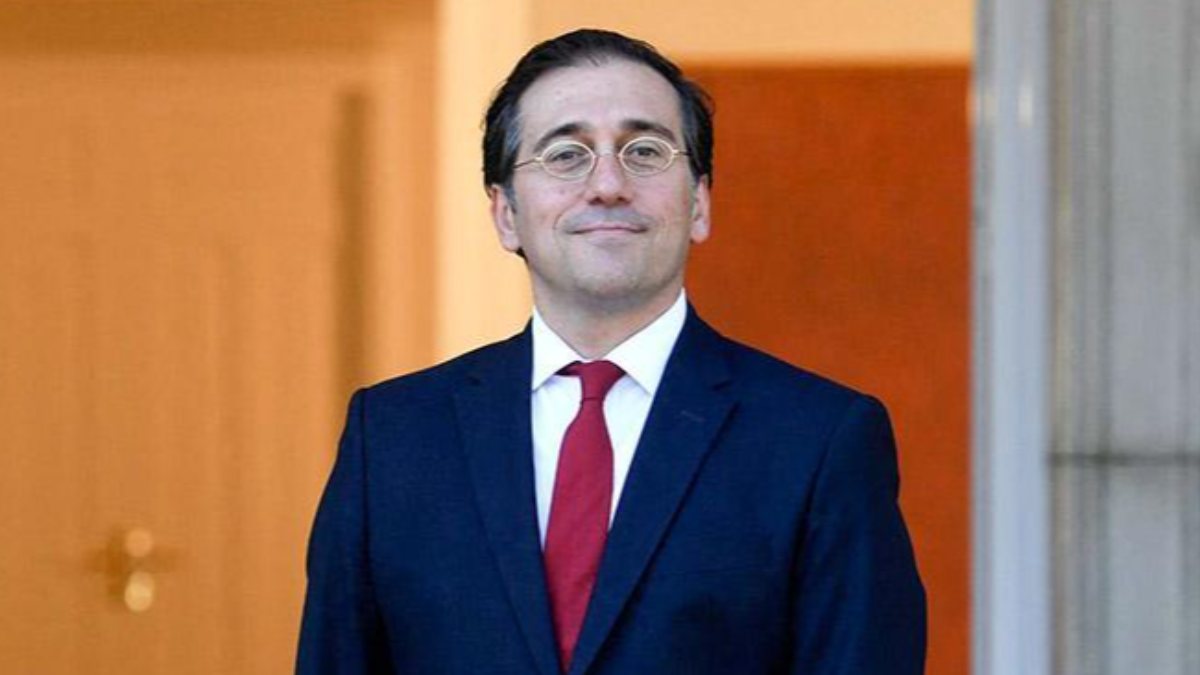China appealed to the United States to meet it halfway to salvage a deal that could end their trade war, with its chief negotiator in Washington for two days of talks hoping to stave off US tariff increases set to be triggered on Friday.
“DISAGREEMENTS ARE NORMAL”
The two sides had appeared to be converging on a deal until last weekend, when Trump announced his intention to hike tariffs with his negotiators saying that China was backtracking on earlier commitments.
“The US side has given many labels recently, ‘backtracking’, ‘betraying’ etc … China sets great store on trustworthiness and keeps its promises, and this has never changed,” Commerce Ministry spokesman Gao Feng told reporters in Beijing on Thursday. Gao said it was normal for both sides to have disagreements during the negotiating process.
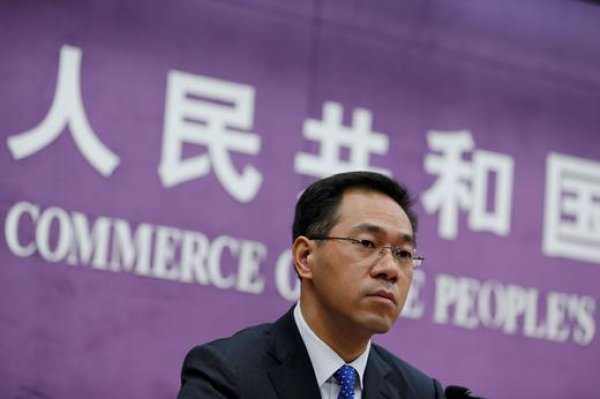 Commerce Ministry spokesman Gao Feng
Commerce Ministry spokesman Gao Feng
Speaking to supporters at a rally in Florida on Wednesday, Trump said China had “broke the deal, and vowed not to back down on imposing new tariffs on Chinese imports unless Beijing “stops cheating our workers.”
A protracted trade war between the world’s two largest economies would be damaging for global economic growth, and investors pulled their money out of stock markets this week as fears that the prospective agreement was unraveling.

Gao said the decision to send the delegation led by Vice Premier Liu He to Washington despite the tariff threat demonstrated China’s “utmost sincerity”. “We hope the US can meet China halfway, take care of each others’ concerns, and resolve existing problems through cooperation and consultations,” Gao said. He said it was normal to have disagreements during a negotiating process, and urged the United States to resist taking unilateral action, while warning that China was fully prepared to defend its interests. “China’s attitude has been consistent, and China will not succumb to any pressure,” Gao said. “China has made preparations to respond to all kinds of possible outcomes.” He did not elaborate.
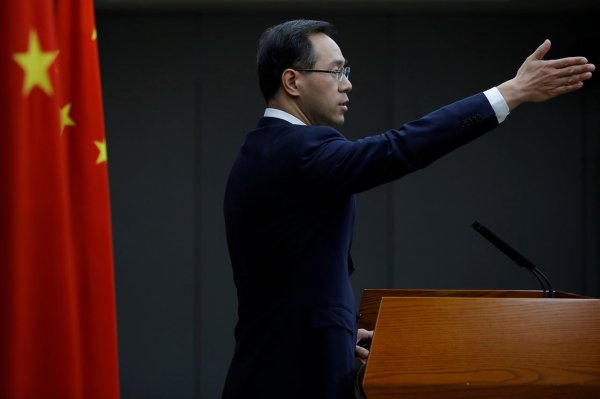
The US Trade Representative’s office said tariffs on $200 billion of Chinese goods would rise to 25 percent from 10 percent at 12:01 a.m. (0401 GMT) on Friday, during the talks in Washington. The tariffs would target chemicals, building materials, furniture and some consumer electronics among other goods.
Trump also threatened on Sunday to levy tariffs on an additional $325 billion of China’s goods, on top of the $250 billion of its products already hit by import taxes.
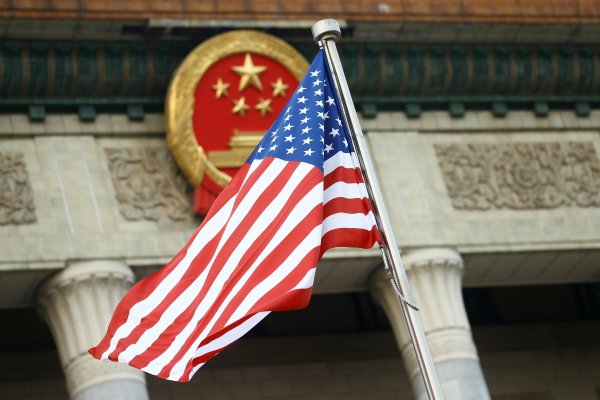
Since July last year, China has cumulatively imposed countertariffs of up to 25 percent on about $110 billion of US products. It last levied tariffs, of 5 percent to 10 percent, on $60 billion of US goods including liquefied natural gas and small aircraft in September. Based on 2018 US Census Bureau trade data, China would only have about $10 billion in US imports left to levy in retaliation for any future US tariffs, including crude oil and large aircraft.
Gao did not answer directly when asked if China would consider imposing tariffs on imported US services. While the United States wants to reduce the scale of its trade deficit with China, it is also seeking stronger protection for American intellectual property and more market access in China for US companies. Gao described accusations about Chinese firms stealing tech secrets as unreasonable and said they were not based on facts.

